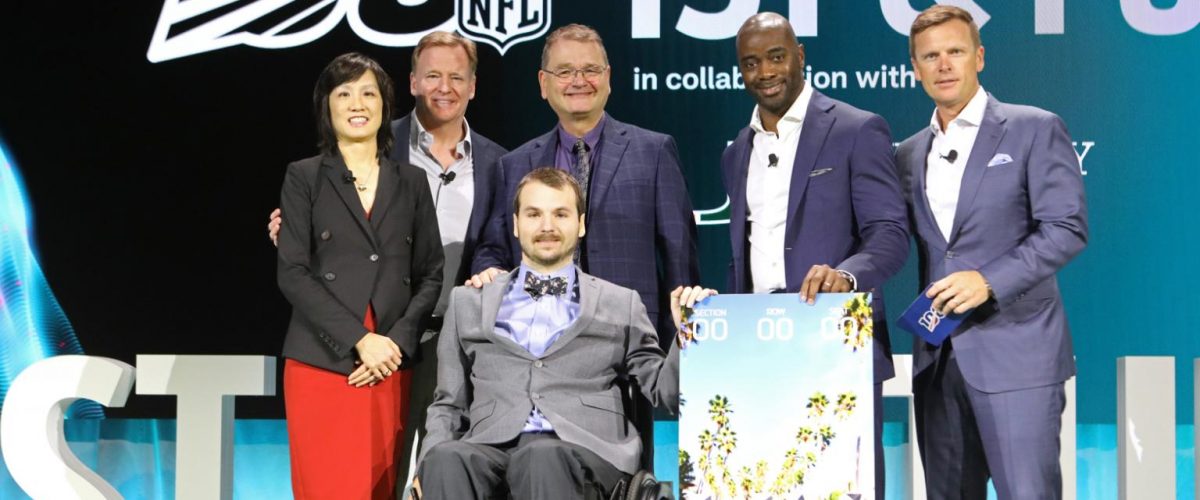
Ben Jenkins is an Economics and Finance double major at CU Denver Business School. This year, he won the National Football League’s 1st & Future analytical challenge.
About the Competition
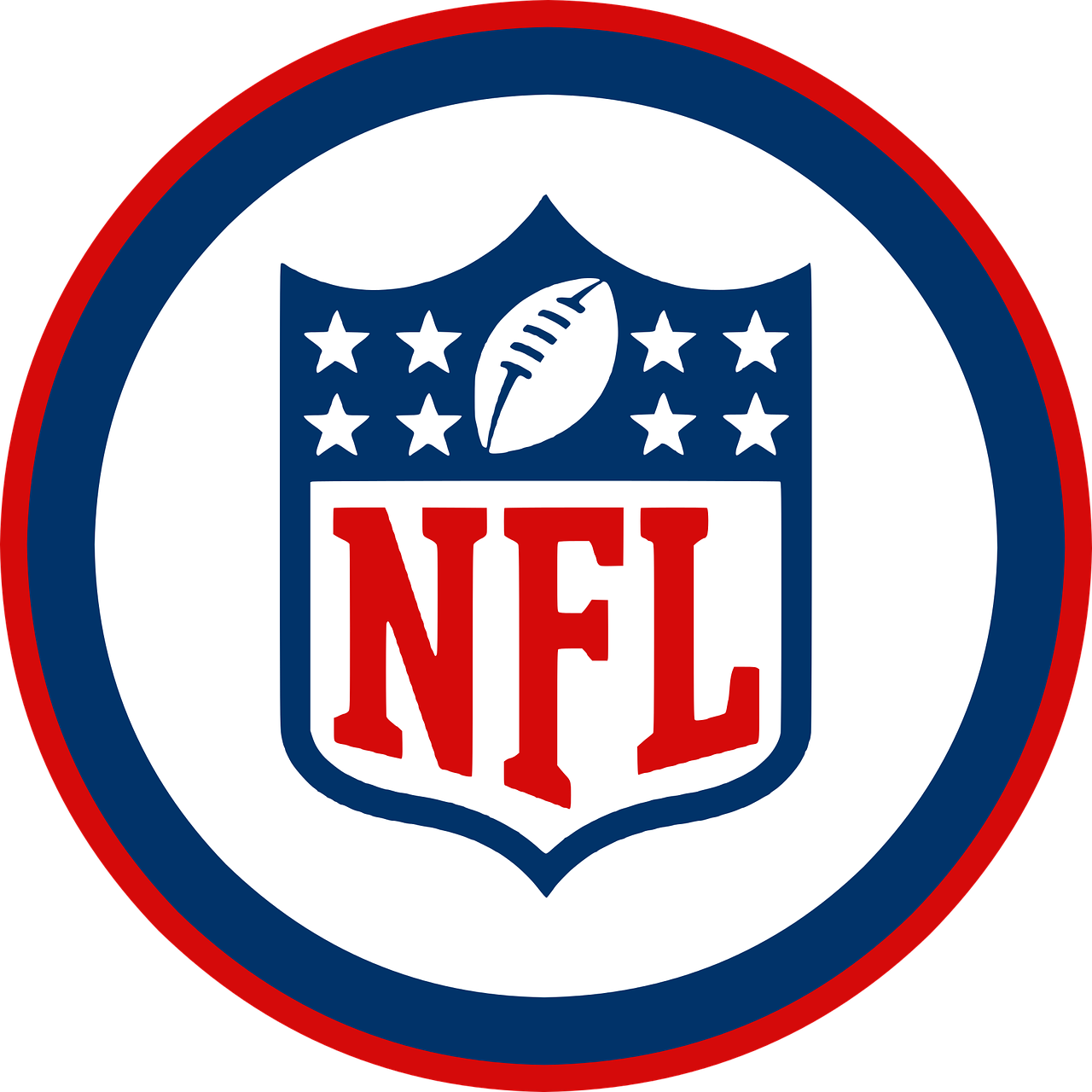
The NFL 1st & Future, a challenge designed to spur innovation, hosted the second annual analytical competition in 2020. Last year, the contest resulted in a blindside block rule, and this year competitors examined the relationship between playing surface (synthetic turf or natural) and its contribution to lower extremity injuries (knee, ankle, and foot). The competition focused on player safety, health, and performance. Competitors analyzed the effects playing on synthetic versus natural conditions could have on player movements, and the factors that may contribute to injury.
Each team had a little over a month to complete their analysis, and submitted their summary slides in early January. The three finalist teams received a $25,000 prize, the opportunity to present live at the NFL Health and Safety Team in Miami, and compete for two tickets to Super Bowl LIV. CU Denver student Ben won first place, and scored tickets to the Super Bowl LIV in Miami, Florida in February 2020.
Analytics and Findings
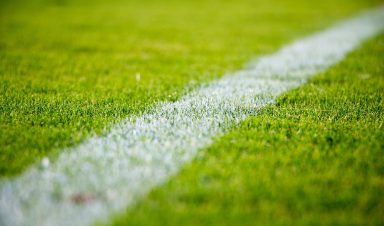
Ben had the opportunity to work with real and relevant data. “The NFL provided two seasons worth of data spanning 267,000 plays with 105 injured plays. They provided geospatial data showing the location, orientation, direction, etc. every tenth of a second for every player on all plays,” said Ben. He began by using exploratory data analysis to explore all factors that may contribute to harm on a player, singling out the ones that did. Ben applied a variety of statistical techniques that built upon the foundations he learned at CU Denver Business School.
“Two of the techniques that I used were machine learning and survival analysis. Machine learning is the field of study that gives computers the ability to learn without being explicitly programmed. Machine learning helped to analyze the NFL injury data to detect patterns or relationships in data, some of which captured complex and non-linear interactions,” Ben explained. “Survival analysis is a set of statistical approaches that analyze the time it will take for an event to occur. It is applied in the field of medicine and I used it here to analyze the probability of injury as it relates to various playing factors, like turf type,” he added. Ben was able to use what he has learned in his courses to think critically as well as creatively. These helped Ben differentiate himself from the competitors.
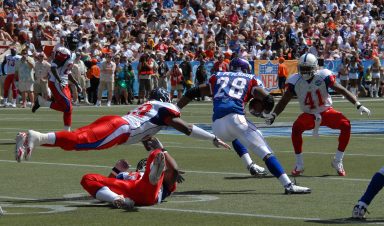
In addition, Ben found some interesting additional contributors to injury, such as angles, temperature, the effect of wearing cleats, and more. Lower temperatures lead to easier damage. If a player is running one direction and looking another, they also have a higher risk of harm. On synthetic fields, players wearing cleats have a higher risk of getting knee or toe damage. There are differences in speed and acceleration between the injured and non-injured population. The injured population has a higher average max speed and acceleration as well. Overall, he found that synthetic fields have a higher risk of resulting in damage to players.
Partnered with his father, Steve Jenkins, who helped him apply his analysis to a presentation format, Ben submitted his findings. He recommended that the NFL substitute natural turf for synthetic turf. He also suggested that they play in indoor stadiums for temperature control.
Reflecting on the Experience
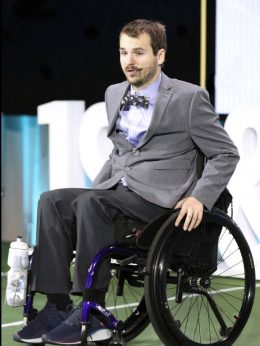
“One of my favorite parts of this experience was meeting people from the NFL, including the NFL Commissioner, as well as people from the University of Miami. It was a great experience presenting my work in a formal setting while offering insights that may help to reduce injuries to NFL athletes,” Ben said. “My very favorite part was being able to attend the Super Bowl. I won a cash prize and was flown as a guest of the NFL to Miami for the week.” Ben was able to apply what he had learned and provided insight for an industry he is passionate about. He has always been interested in sports analytics and had previously done work for the NBA draft. He was excited about the opportunity to analyze the NFL data, uncover factors that contribute to lower limb injuries, and he had a great experience.
Future Goals
Ben plans to graduate Fall 2020. He plans on getting a Master’s in Analytics or Data Science. “Ultimately, I plan on working in analytics where I can help companies make decisions using data.”
For students interested in learning more about analytics, machine learning, and how to apply data models to real-world problems, CU Denver Business School offers both undergraduate courses and a Master of Science program in Business Analytics.


